Everyone knows the quickest, easiest way to whip up a cake is by using a cake mix. But how do you prepare a boxed cake mix without eggs? We tried eight popular methods and found a clear winner!
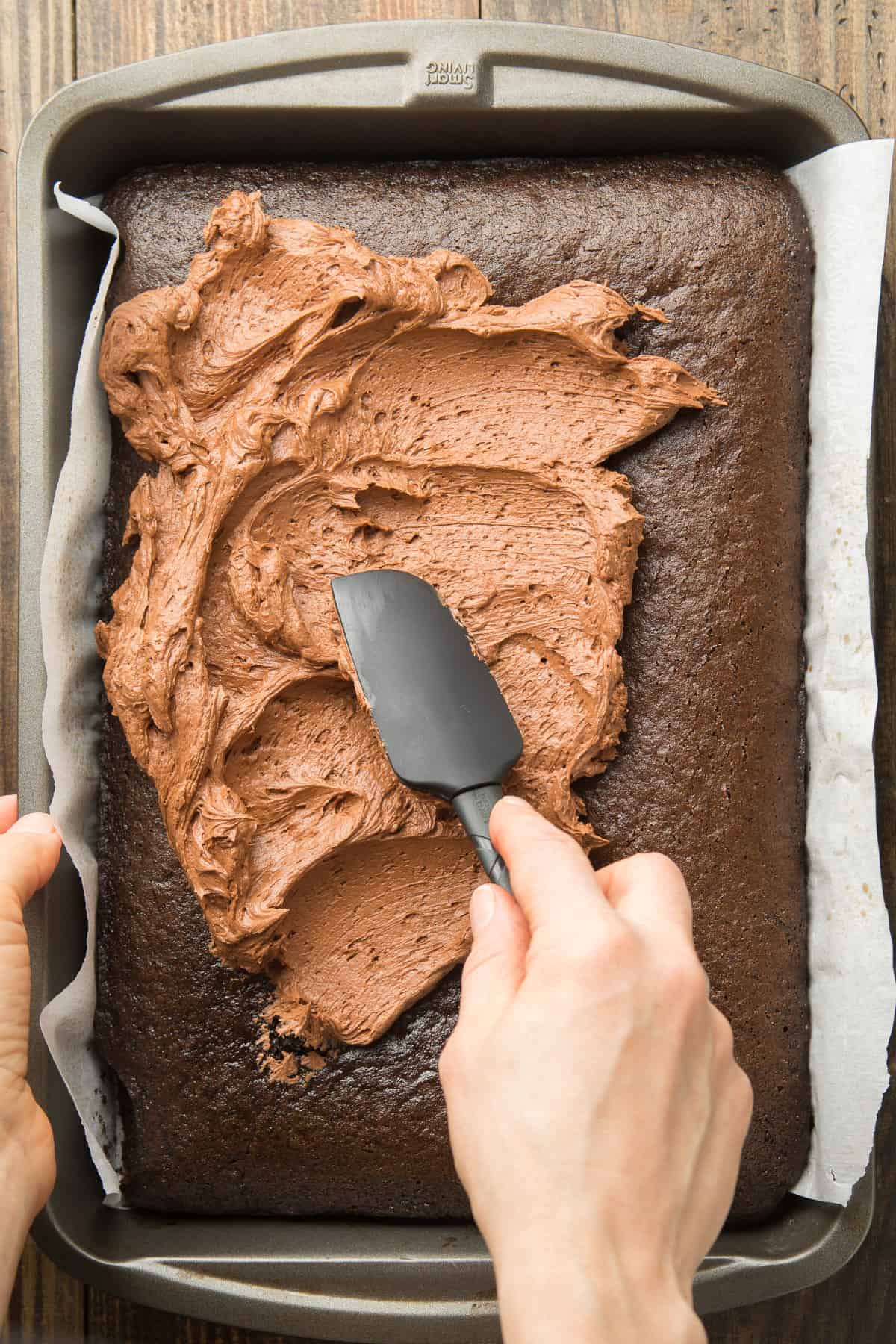
Once upon a time, if you were vegan and wanted to bake a cake, you had a problem. I'm talking about the good old days, some time around the 1990's. Because good luck finding a vegan cake recipe back then!
These days the internet is packed to the brim with cake recipes a-plenty. I've certainly got enough of them — whether you're looking for chocolate cake, vanilla cake, carrot cake, pineapple upside down cake, or pretty much any cake you grew up eating, you can find it here.
But what if you want to bake the quickest, most effortless cake ever? I'm talking about a boxed cake mix cake. So easy! But the instructions for just about any boxed cake mix will most likely call for an egg or two, and possibly milk. Milk is easy to replace — just pick your favorite non-dairy milk. Read all about that in my guide to dairy-free milk.
Eggs are another story.
Like with dairy, there are plenty of egg replacer options. I also wrote a guide to replacing eggs in baked goods. But with eggs you can't really just pick one at random and expect it to work well. It can be tricky.
Different egg substitutes can yield vastly different results in different recipes.
So, in the name of science, I went and tested eight different methods of preparing a boxed cake mix without eggs. I didn't test every possible method under the sun. Silken tofu, for example, often works as an egg substitute, but it just didn't seem like a good option for a cake, so I skipped it.
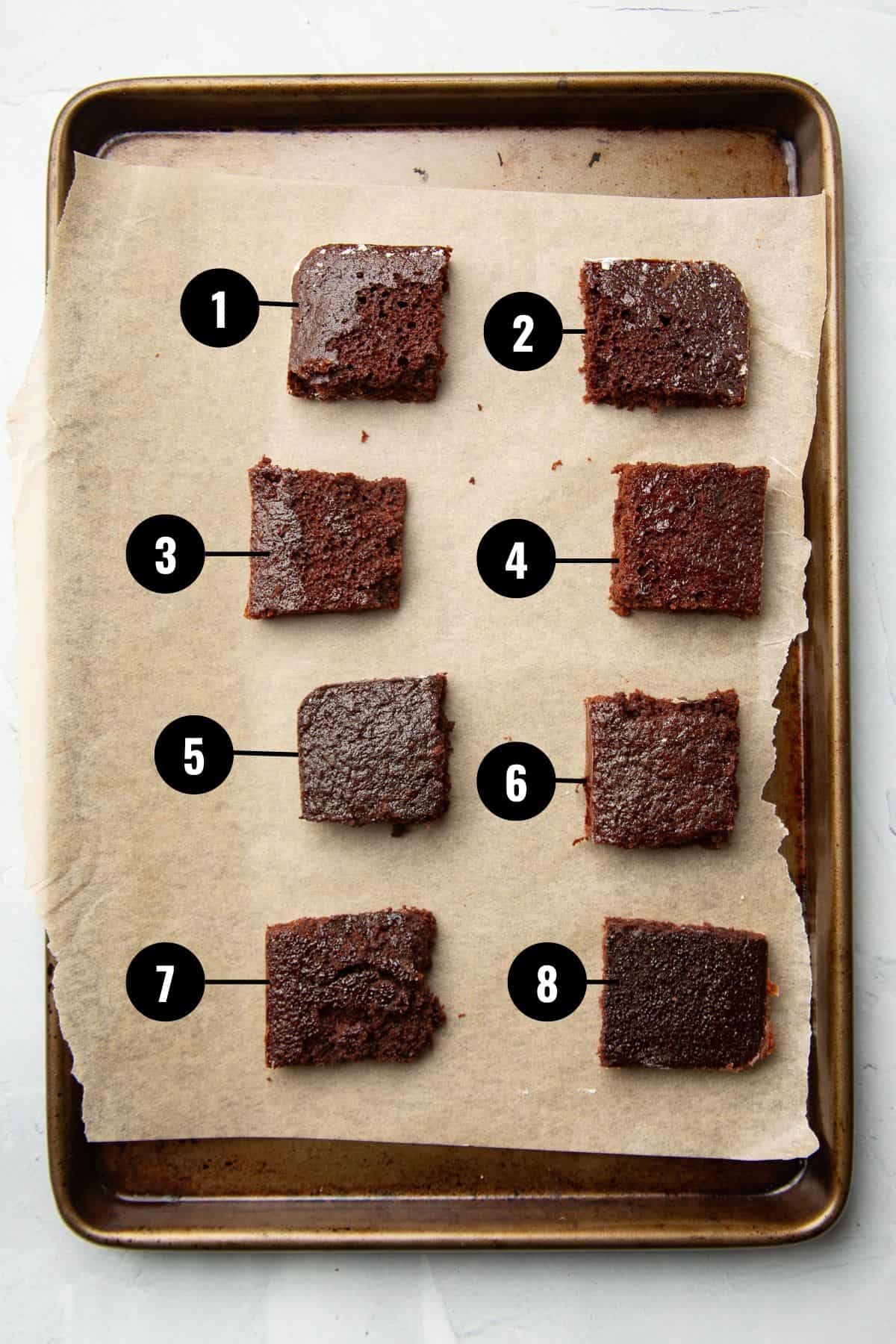
Read on to find out which egg replacements worked best!
Jump to:
Testing Method
The first step for making a vegan cake using a boxed cake mix is always this: choose a vegan cake mix.
Not all cake mixes are vegan, and many that you'll see in the baking aisle of a regular supermarket are not. The question of which cake mixes are vegan is one for another day. For purposes of this experiment, I chose Whole Foods Classic Chocolate Cake Mix, which states right on the label that it's vegan.
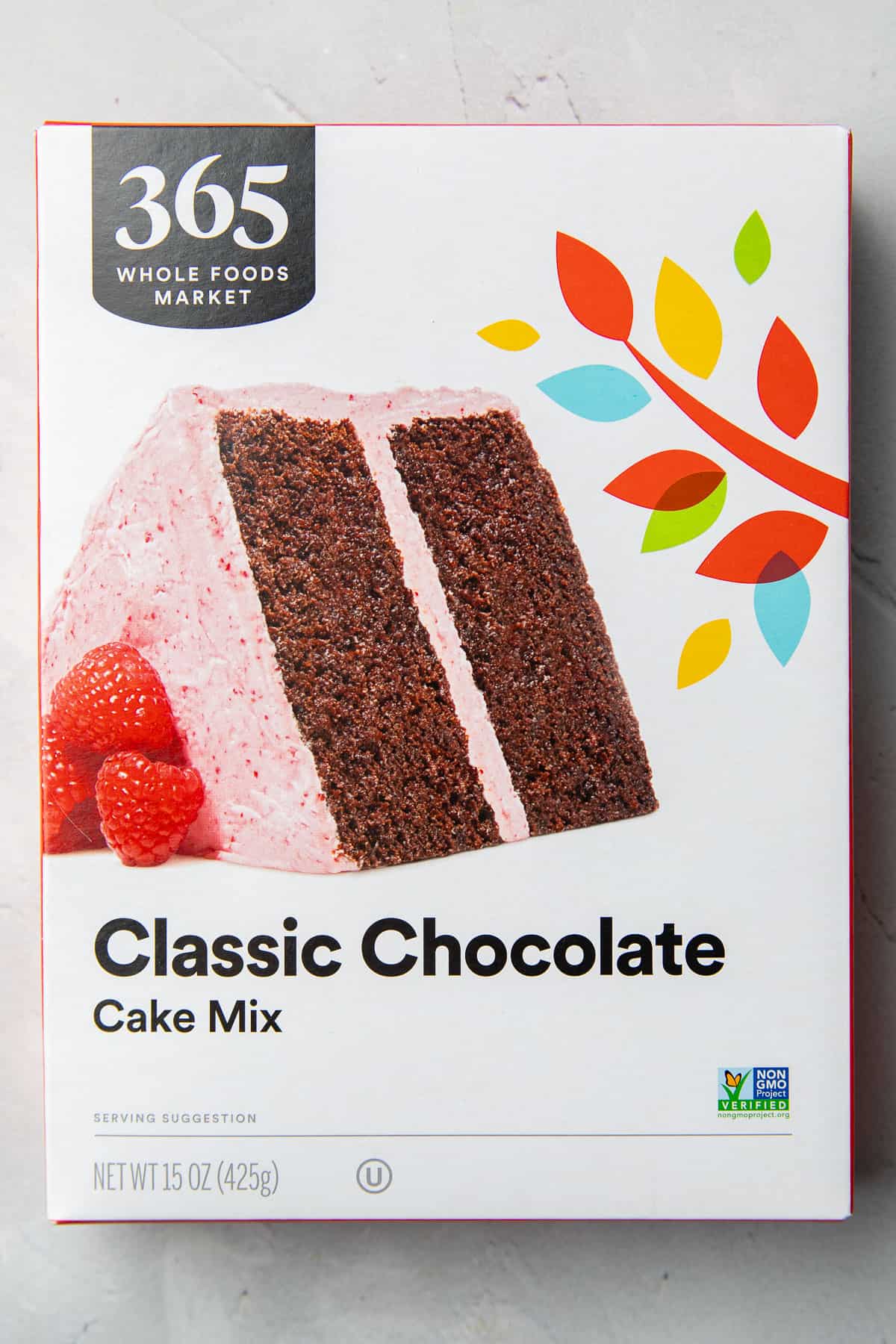
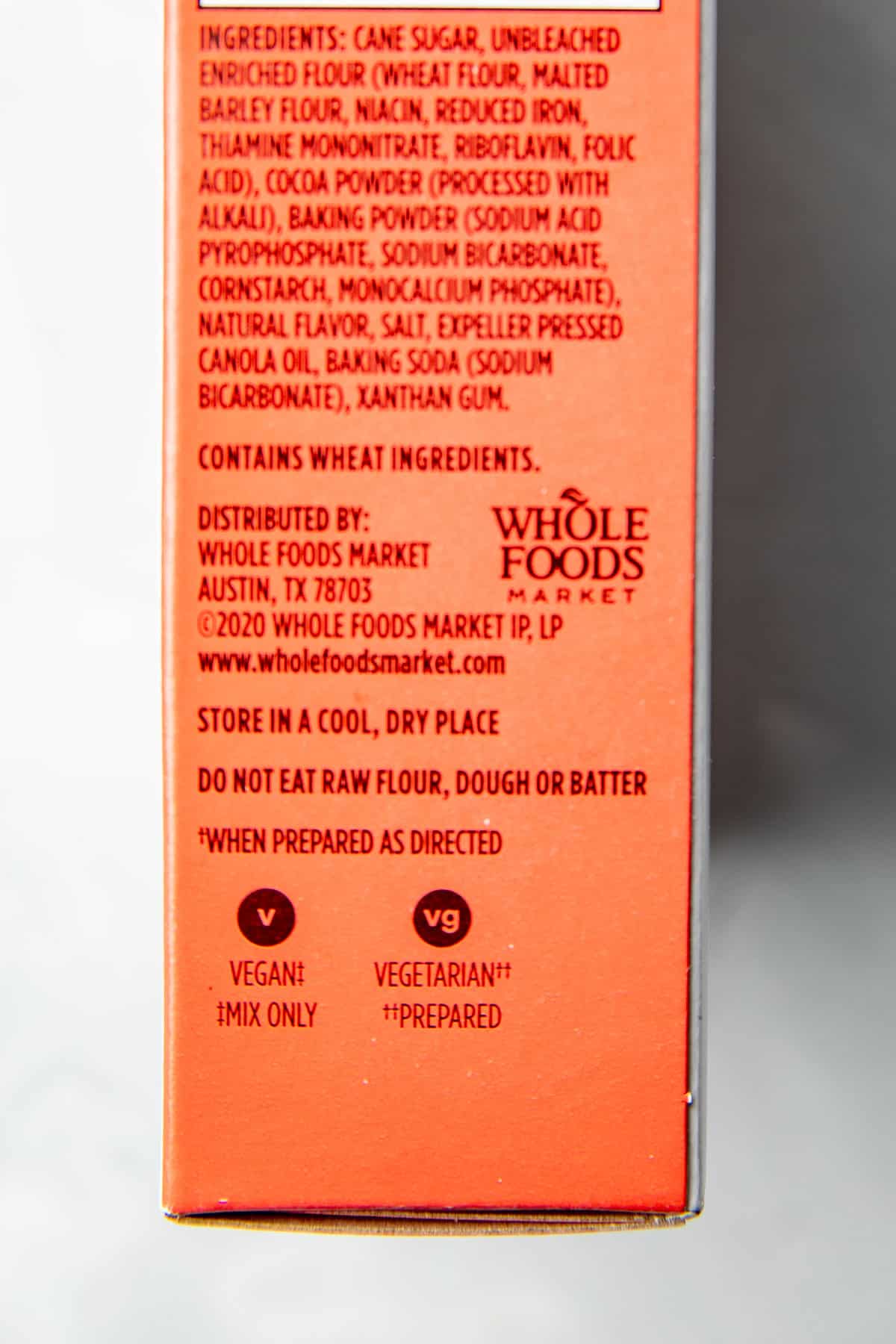
Tip: Most cake mixes contain basically the same ingredients: flour, sugar, cocoa (for chocolate cake), leavening (baking powder and/or baking soda), and salt. The methods in this post might not work if your ingredients substantially diverge from that, say with a gluten-free cake mix.
My Whole Food's cake mix instructions called for two eggs, ⅔ cup room temperature water, and ⅓ cup of oil. I split each cake mix in half to avoid buying the store completely out of them, so I used enough of each egg substitute to replace 1 egg, along with ⅓ cup of water and 2 tablespoons plus 2 teaspoons of vegetable oil. (The only exceptions to this were cakes 7 and 8, which I'll explain below.) I weighed the cake mixes to ensure they were split exactly.
Each cake mix was beaten in a large bowl at medium speed with an electric mixer for exactly 2 minutes, then baked it in an oven preheated to 350°F in an oiled and floured 9 x 9 inch square cake pan (not ideal, but consistent!) for 25 minutes.

I evaluated the look and feel of the cake batter, then my husband and I both taste-tested each cake and made notes. The cakes were unfrosted when we taste-tested them, but I later gathered a panel of taste-testers (family members at a picnic!) to try each cake and give comments. These samples were frosted with my vegan chocolate buttercream frosting (because if you're asking for a favor like that there should at least be frosting involved).
Let's talk about how the egg substitutes performed!
1. Pumpkin
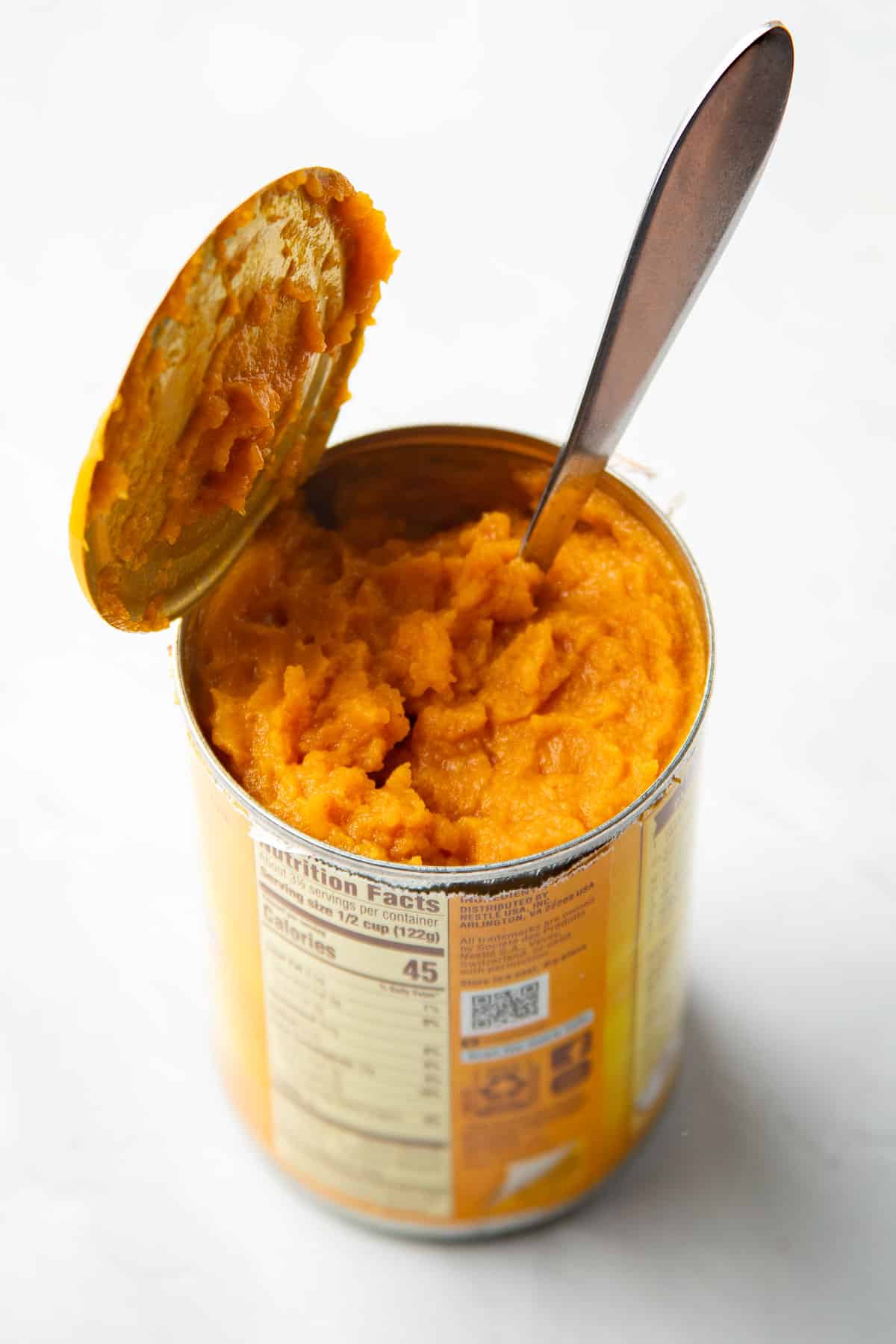
Lots of fruit and veggies purees can be used as egg substitutes, and pumpkin is one of my favorites because it has a neutral flavor and doesn't add any extra sweetness.
When using pumpkin to replace eggs, you'll typically use ¼ cup of pumpkin for every egg a recipe calls for. That's exactly what I did, using Libby's brand canned pumpkin puree.
The pumpkin cake batter was noticeably thicker than most of the others, and the cake itself had a somewhat sturdier texture than most, with a smooth glossy top. This cake went over particularly well with the taste-testers, and would be perfect for anyone who really likes a dense, moist cake.
Overall score: 7/10
2. Vegan Yogurt
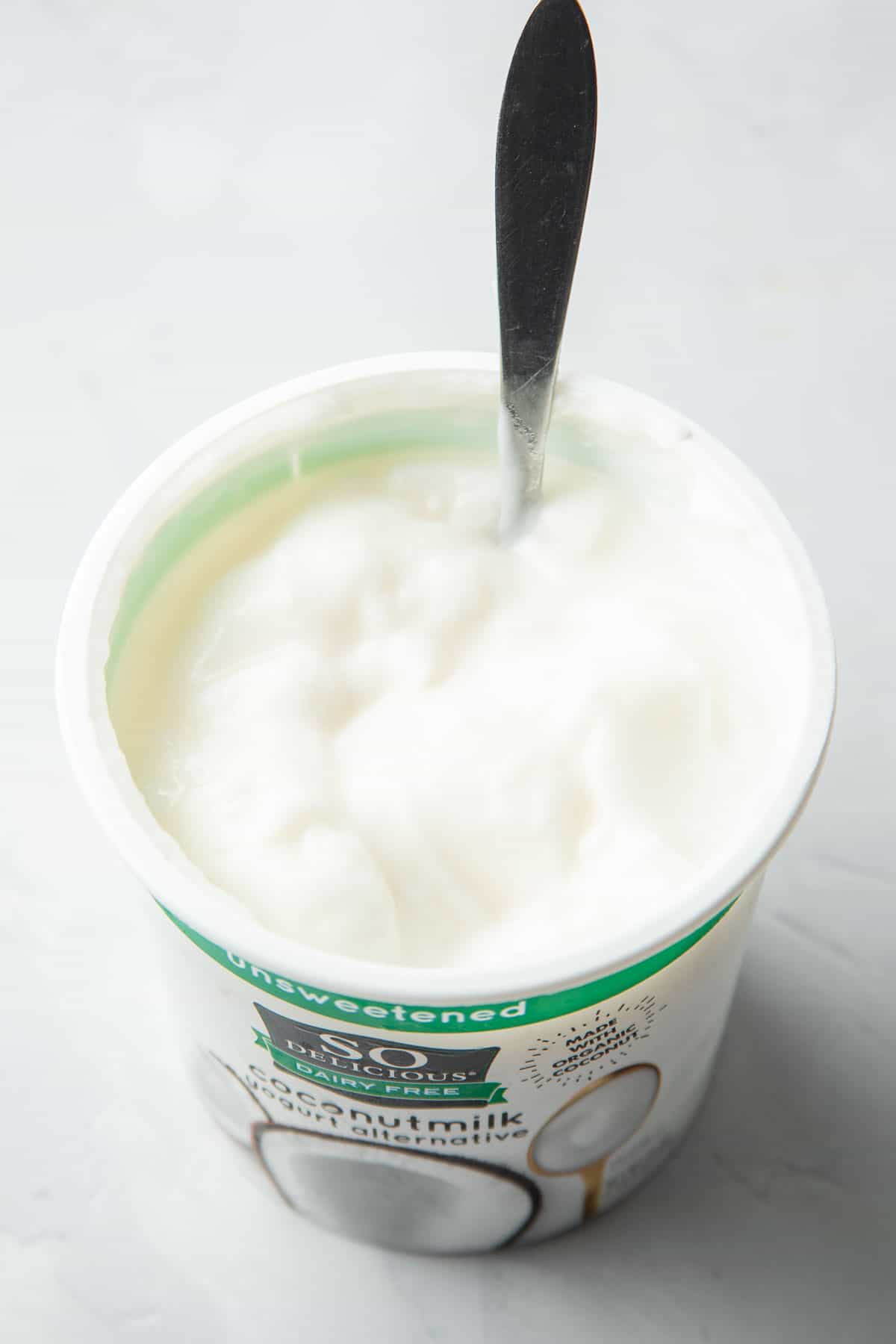
Vegan yogurt can be used similarly to fruit puree, using ¼ cup of plain yogurt to replace each egg. For this test I used So Delicious brand unsweetened coconut milk yogurt. I think other varieties of non-dairy yogurt should work similarly, but I'd always recommend sticking with something unsweetened and unflavored.
The yogurt yielded an all around good cake with nice flavor and texture. The batter was moderately thick and the cake had a nice, even appearance to it.
Overall score: 7/10
3. Applesauce

Applesauce is another one that falls into the category of fruit and veggie purees, and since it's super convenient to keep a jar or two in the pantry, I decided to give it a whirl, using ¼ cup of Mott's unsweetened applesauce to replace the one egg required for my cake.
The applesauce cake batter was a bit on the thin side, and the cake itself turned out to be a bit on the fragile side, showing some small cracks in the top. It was a bit more crumbly than I'd like, which is often a problem with vegan cakes and can make cutting them challenging.
What this cake lacked in sturdiness was certainly made up for in flavor and texture. This was one of the most delicious cakes of the bunch. It was maybe a tad sweeter than the others, and my husband commented that he could detect a touch of apple flavor.
Overall score: 7.5/10
4. Banana
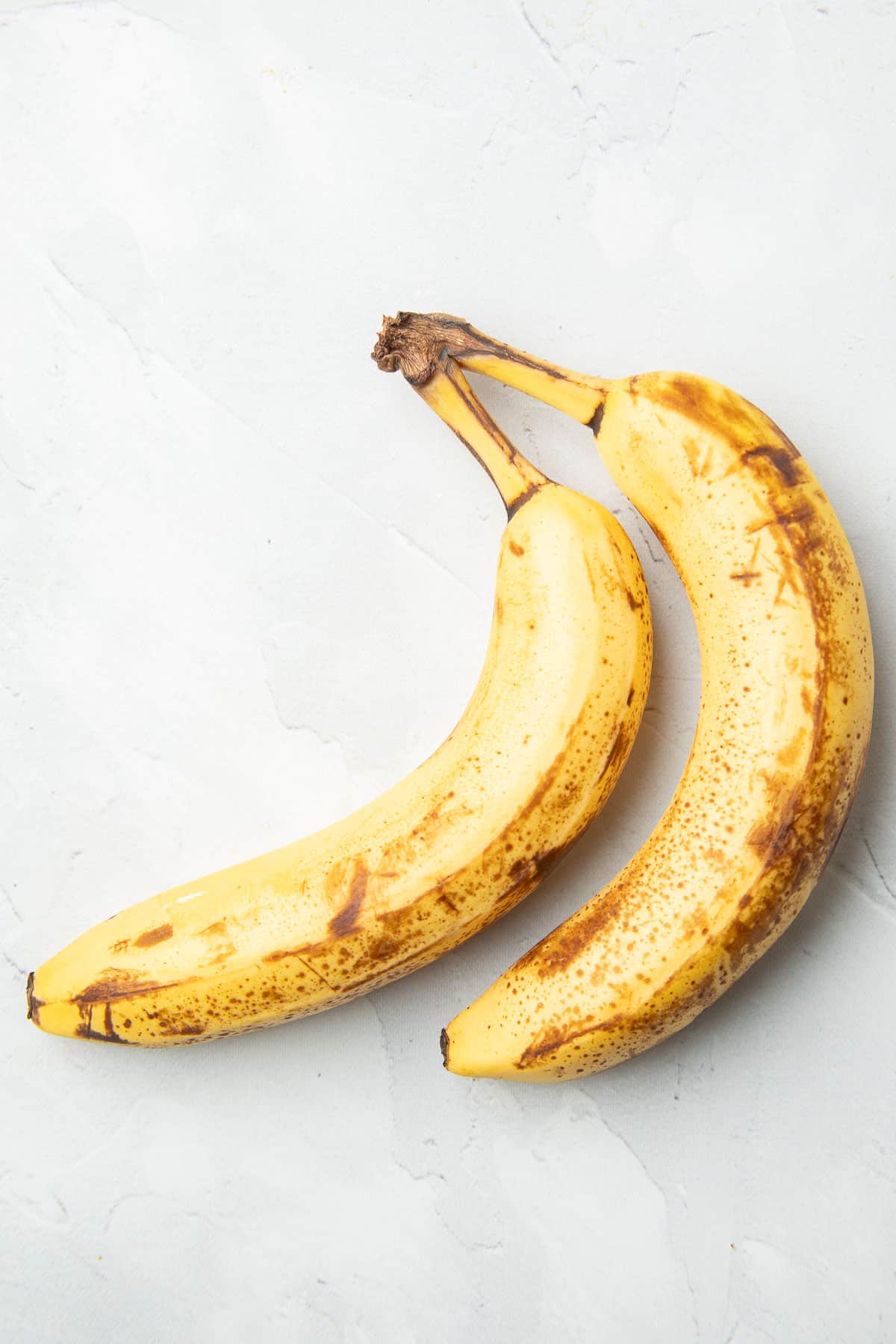
One ripe (or slightly overripe) mashed banana can be used to replace an egg in lots of recipes. So I tried it with cake!
The banana cake batter was nice and smooth, and the cake itself had the best rise of any in the bunch. It was also dense and a bit fudgy, similar to the pumpkin cake. Whether that's a plus or minus really depends on your personal preference.
Also, as you might expect, this cake had a very distinctive banana flavor. Again, this might be a good or bad thing for you. Because of this I initially intended to give it a rating on the low side, but, surprisingly, this one was a favorite among the taste-testers, so it got a bump.
Overall rating: 6/10
5. Commercial Egg Replacer
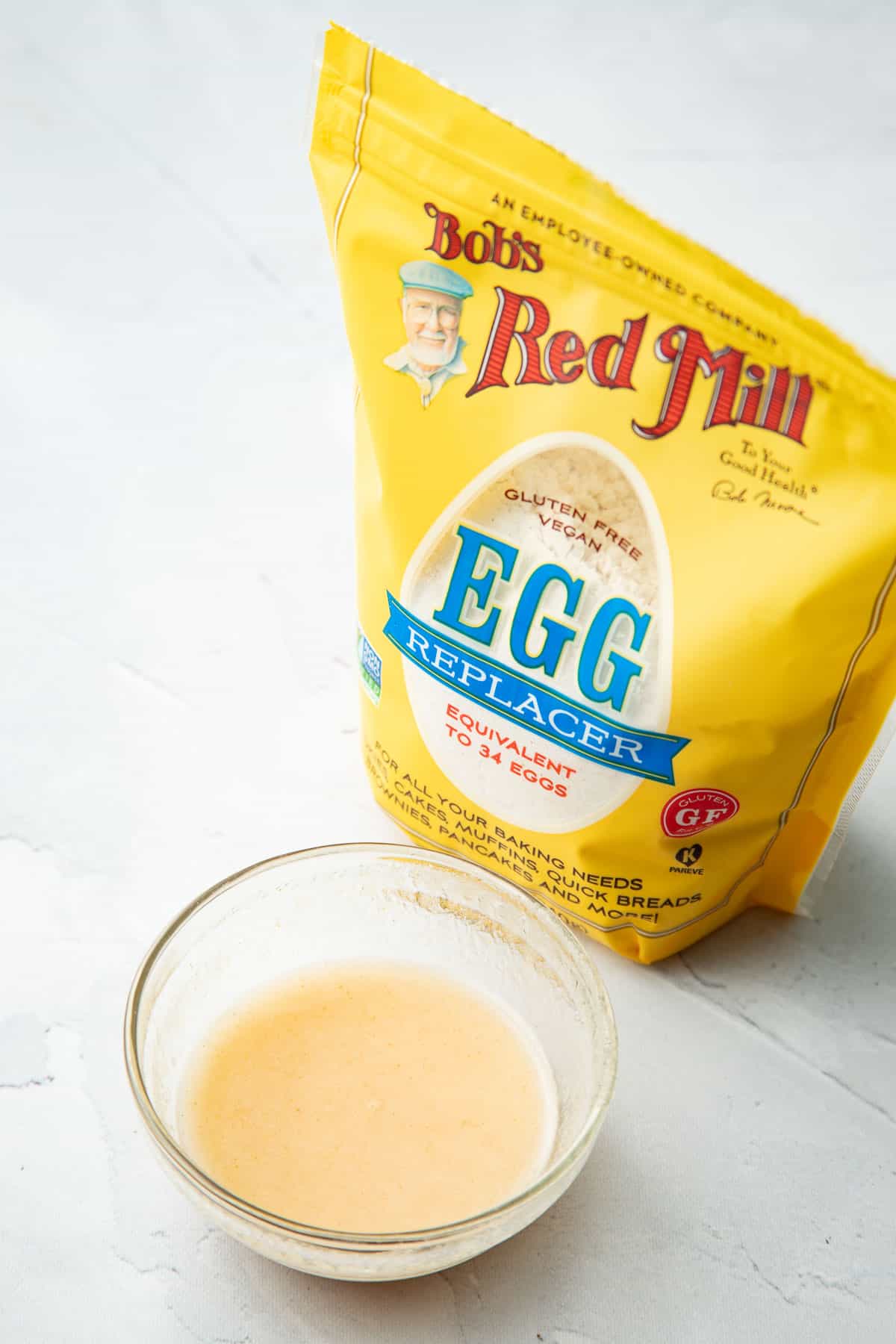
I almost never use commercial egg replacers in my cooking, mainly because there are so many other ingredients I usually have on hand that will do the job. But I tried one just for this experiment, and now I know why these things exist...they work!
I used Bob's Red Mill egg replacer, following the directions on the package to replace one egg (combine 1 tablespoon of egg replacer with 2 tablespoons of water, then let it sit for a few minutes).
This cake was my absolute favorite of the bunch. It has a smooth batter that was just the right thickness, the cake rose beautifully, and had a great texture. My husband and I even found the flavor to be better than the others. (And no, Bob's Red Mill did not sponsor this post.)
Overall score: 10/10
6. Ground Flaxseed
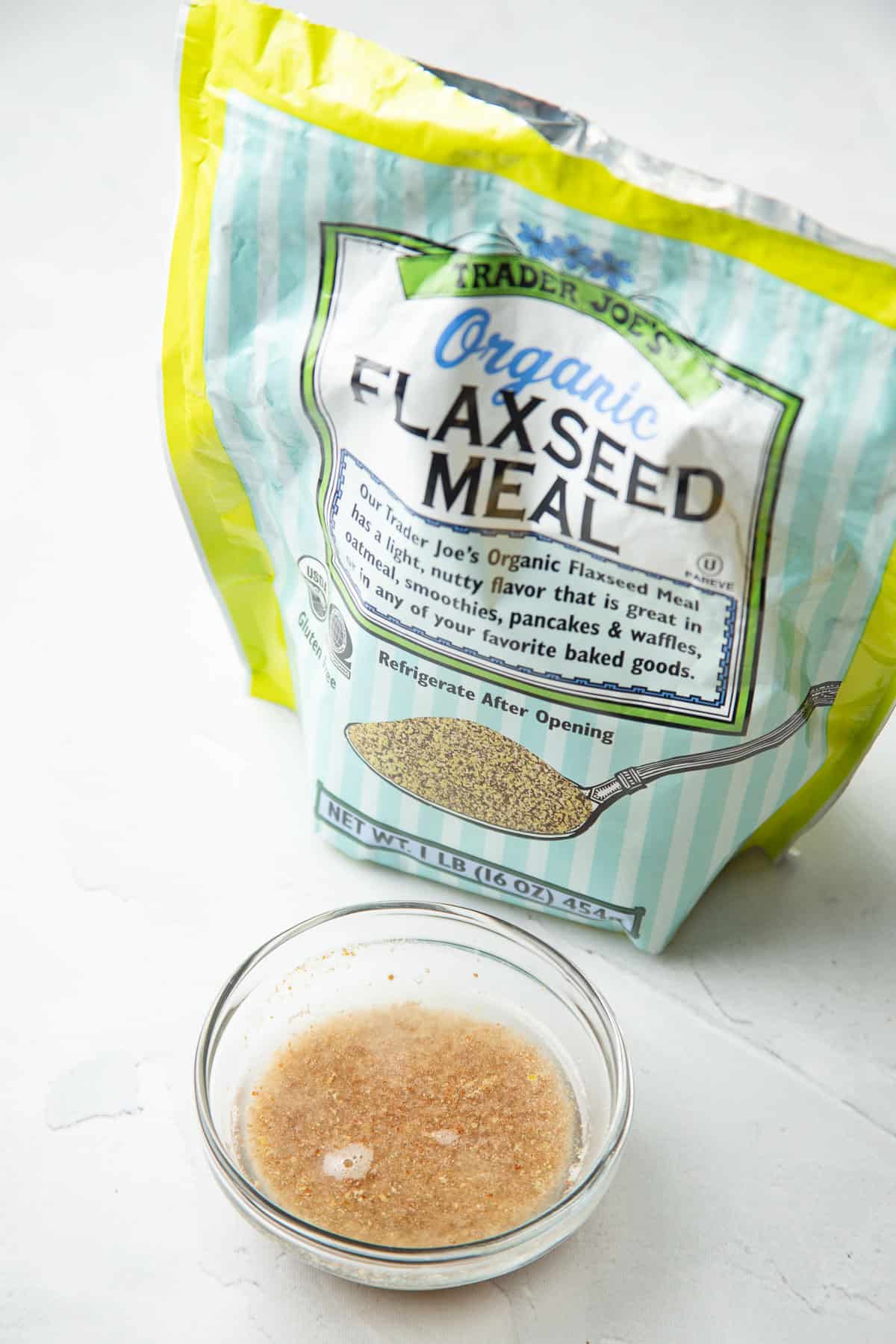
My method for using flax to replace an egg in a recipe is this: combine 1 tablespoon of ground flaxseed with 3 tablespoons of water, then let it sit for a few minutes to gel before adding it to the recipe. That's what I did here.
It's worth noting that the amount of liquid is different from the amount used for the Bob's Red Mill egg replacer, and that could have affected the results. The reason I used 3 tablespoons here is simply because that's what most people seem to use for flax eggs. Could it have worked better with two? Perhaps. And perhaps I'll explore that at another time.
The flax egg cake performed very well. It actually had a similar texture to the commercial egg replacer cake, but for a tiny bit of cracking in the top, and perhaps not being quite as sturdy.
It's worth noting that chia seeds generally work the same as flax in baked goods, so I'd expect your cake to turn out just as well using chia eggs.
Overall rating: 8/10
7. Cola
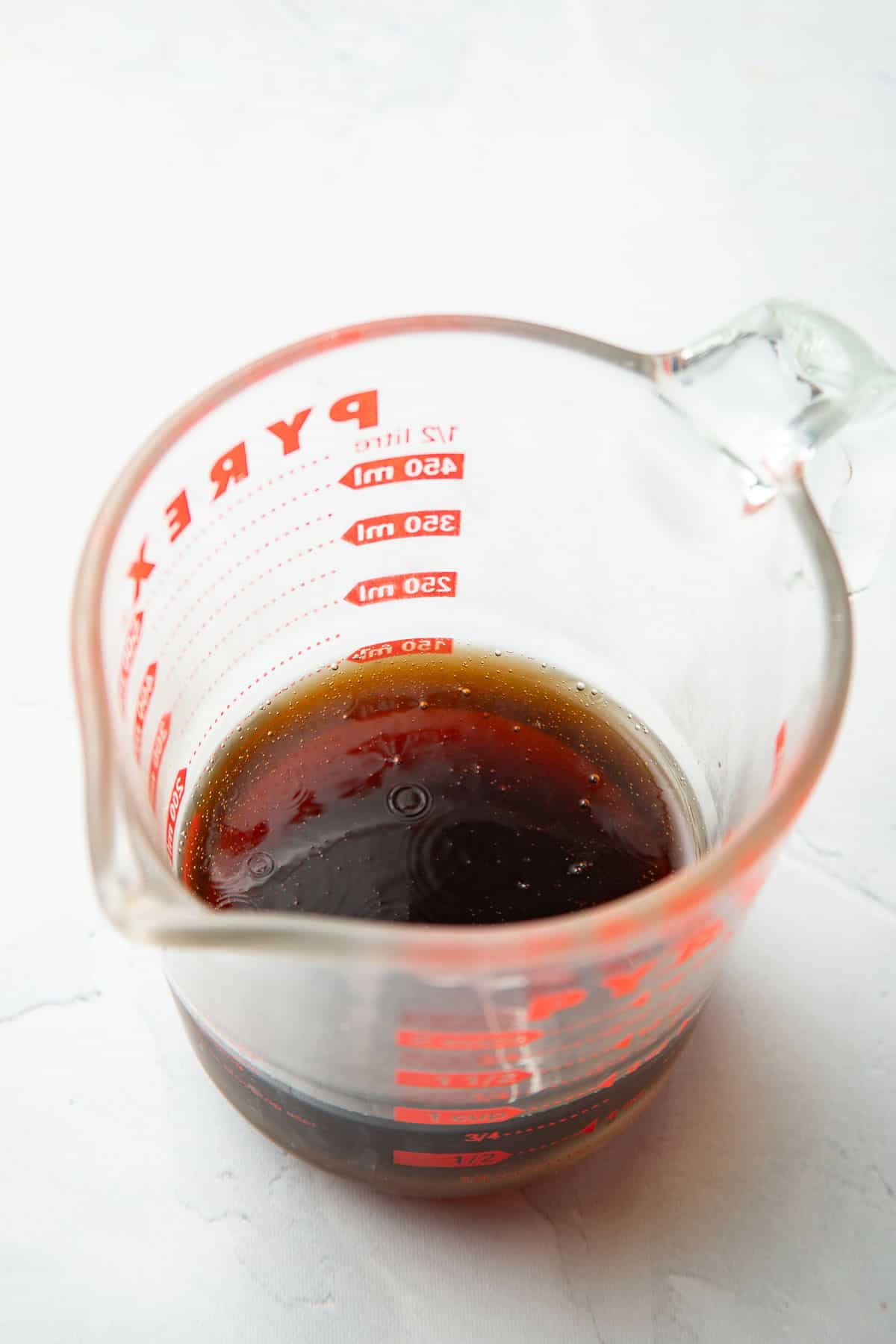
Here's where the cake preparation methods start to differ. For the last two cakes on our list I did not include the oil or water that the cake mix instructions called for. Let me explain.
A quick google search for soda cake will yield thousands of results for this baking hack: mix a can of soda (and nothing else) into one boxed cake mix and bake it according to the time and temperature specified on the box.
I actually heard of this method from some vegan Facebook groups I belong to, and people raved about the results. I had high hopes despite some doubts due to the fact that the recipe included no fat and lots of extra sugar.
I used ¾ cup (exactly half of a 12 ounce can) of Coca Cola.
This cake turned out to be a disappointment. The first thing to note is that the batter was super thin, which made me nervous that the cake would even set. It did though, so there's that! But the cake itself didn't rise very well and was extremely fragile when cut. It had something of a sticky, chewy texture. My husband did mention that he liked the subtle cola flavor, so that was one positive.
Overall score: 5/10
8. Seltzer Water
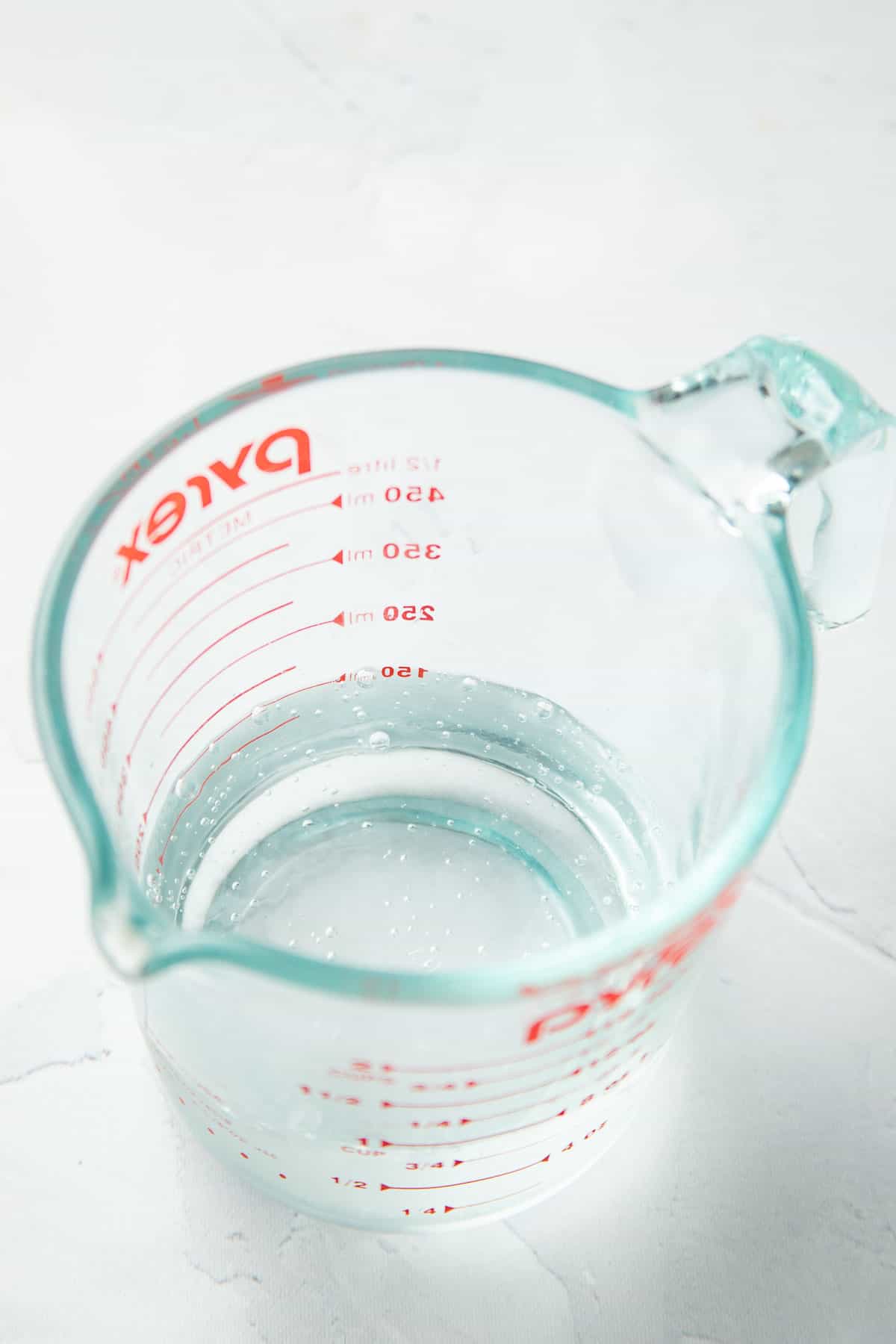
I decided to try the cola cake method using seltzer water. Apparently this method works using any flavor of soda, but cola seems to be the preference for chocolate cake. I thought something that didn't include extra sugar might be worth a shot, plus I always have seltzer water on hand.
The seltzer water performed exactly as the cola cake did, but it didn't have that nice cola flavor going for it, so I knocked another half a point off the already low score.
Overall score: 4.5/10
Like this post? Let me know in the comments! Also be sure to follow me on Facebook, Pinterest or Instagram, or subscribe to my newsletter for more tips!



w0w, ms M...great info✔️taa so much...cheers
Great post, Alissa—thank you! I had forgotten all about that bag of Bob's egg replacer languishing in my freezer.
I'm going to try that Red Mills eggreplacer next time.
Try making your cake this way too, it is super delicious. I can't get enough of it.
Veggie Cake - adapted from Saladmaster
1 Box chocolate cake mix (can use 1/2 the box and ingredients w/ 3 eggs)
2 Chocolate Bars of your choice (I like Lindt 90% - 100% dark chocolate)
4 eggs
2 celery stalk, shredded
1⁄2 zucchini, shredded
1/4 Red Cabbage
1 Carrot
4" Sweet Potato or small potato,
4 radishes
Optional - 1/2 apple, nuts, or any fruits or veggies you might want to add
Preheat oven to 350º
Grease 15x10 baking pan (large will make layer thinner and cook better)
Shred all vegetables (makes about 3-5 cups)
Mix all ingredients and pour into greased pan.
Bake from 20 - 40 minutes. Altitude, pan and oven varying heat will make a difference so keep an eye on it.
When done put 2 Hershey bars or your favorite chocolate bar on top to melt and then spread.
Let cool, precut pieces, refrigerate then eat. (refrigerating makes the chocolate hard again giving you a crunchy surprise)
Great article - can’t wait to try this for my daughter’s birthday!!